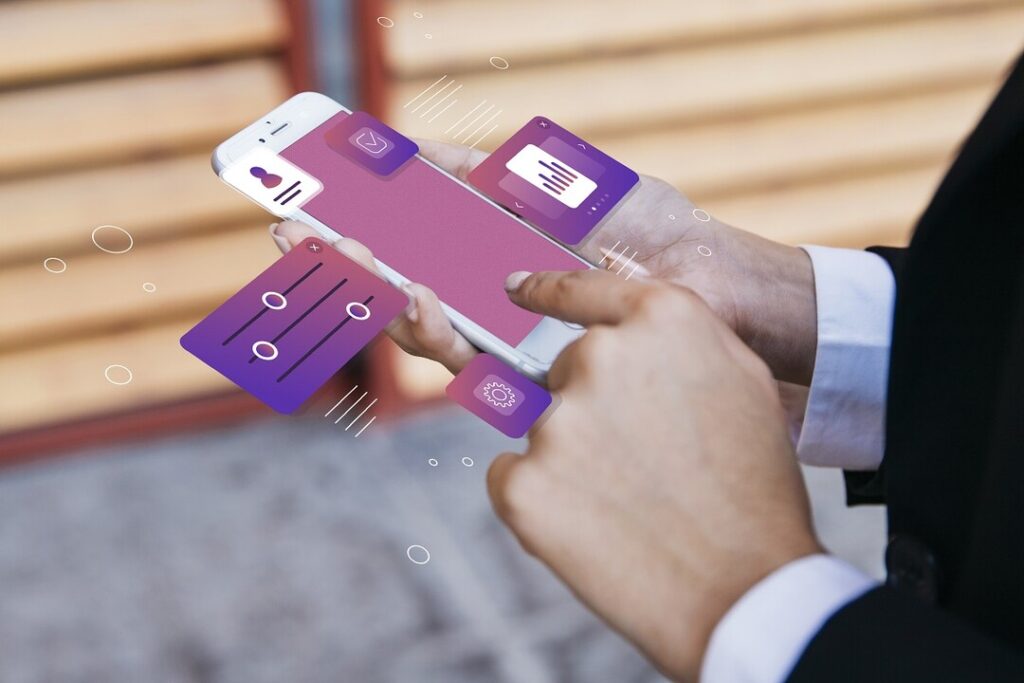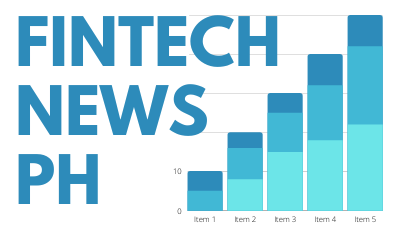According to a recent analysis by Digido, a legitimate and state-licensed online lender in the Philippines, Filipinos collectively spent approximately 1.3 billion seconds — or the equivalent of 42 years — engaging with digital lending applications in 2023.

IMAGE CREDIT: https://www.linkedin.com/pulse/unlocking-opportunities-dynamic-world-digital-lending
This remarkable finding* underscores the growing preference for digital lending solutions in the country.
The surge in digital lending app usage was accompanied by a 37% increase in activity compared to 2022. On average, users spent 14 minutes and seven seconds per month on these platforms, with each session lasting around 54 seconds.
Additionally, app downloads soared to 89.66 million units, a 52% increase from the previous year. The number of unique users reached 47.46 million, while active users climbed to 7.7 million.
Digido sees rising demand for formal credit options
Rose Arreco, Business Development Manager at Digido, attributed this growth to the increasing demand for formal credit options, particularly among Filipinos with limited access to traditional financial services.
“More consumers are turning to various lending options, especially personal loans. These platforms are increasingly reaching low-income segments of the population through new technologies or partnerships with banks,” Arreco shared in a press release.
Supporting this trend, a Digido analysis found that personal loans were the most sought-after formal credit option in 2023, with 54% of respondents choosing this type of loan due to its flexibility. BNPL services came in second, with 12% of respondents using these services.
As digital lending continues to grow, it is poised to play a critical role in enhancing financial inclusion and economic resilience in the Philippines.
This shift towards digital lending is reshaping the financial landscape, providing much-needed access to credit for previously underserved populations.
As digital lending continues to gain traction, its potential to enhance financial inclusion in the Philippines is clear. By leveraging new technologies and strategic partnerships, digital lending platforms such as Digido are bridging gaps in access to formal financial services and transforming the way Filipinos interact with credit.
Unlocking financial inclusion in PH
The Philippines has long grappled with financial inclusion, with about 70% of its population unbanked. Traditional banks have primarily focused on commercial lending, leaving millions without access to essential financial services.
Like many other Asia-Pacific economies, the Philippines has lower banking and credit penetration than more developed markets. This provides a sizable growth opportunity, but it also introduces substantial risks.
To address this gap, the Bangko Sentral ng Pilipinas (BSP) introduced digital banks in 2020 to provide underserved Filipinos with accessible and affordable banking solutions. These banks leverage technology to bridge the gap, reaching segments of the population historically excluded from formal financial systems.
Pioneering digital banks such as Tonik, Maya Bank, and GoTyme Bank have embraced innovative approaches. Maya Bank, for instance, caters to unbanked communities through its multilingual app and extensive network of partner merchants. GoTyme Bank integrates digital convenience with physical kiosks in malls, enabling customers to open accounts within minutes.
Despite their rapid growth, digital banks face hurdles, including high levels of nonperforming loans and limited national ID and credit bureau infrastructure. These challenges have pushed many digital banks to reallocate resources to manage risks, slowing their ability to extend credit further.
However, progress is evident. Digital banks have collectively opened approximately 8.7 million accounts, representing 7% of all bank deposits in the country. This growth reflects a rising trust in digital financial services and their potential to promote economic inclusion.
As the BSP enforces a temporary moratorium on new digital banking licenses to stabilize the sector, the future of digital banking remains promising. By addressing challenges and exploring targeted strategies, digital banks can play a pivotal role in creating an inclusive financial ecosystem, empowering individuals, and fostering economic growth in the Philippines.
* The report cited above is an analysis by Digido and not a survey. Additionally, Digido does not operate a branch network.

